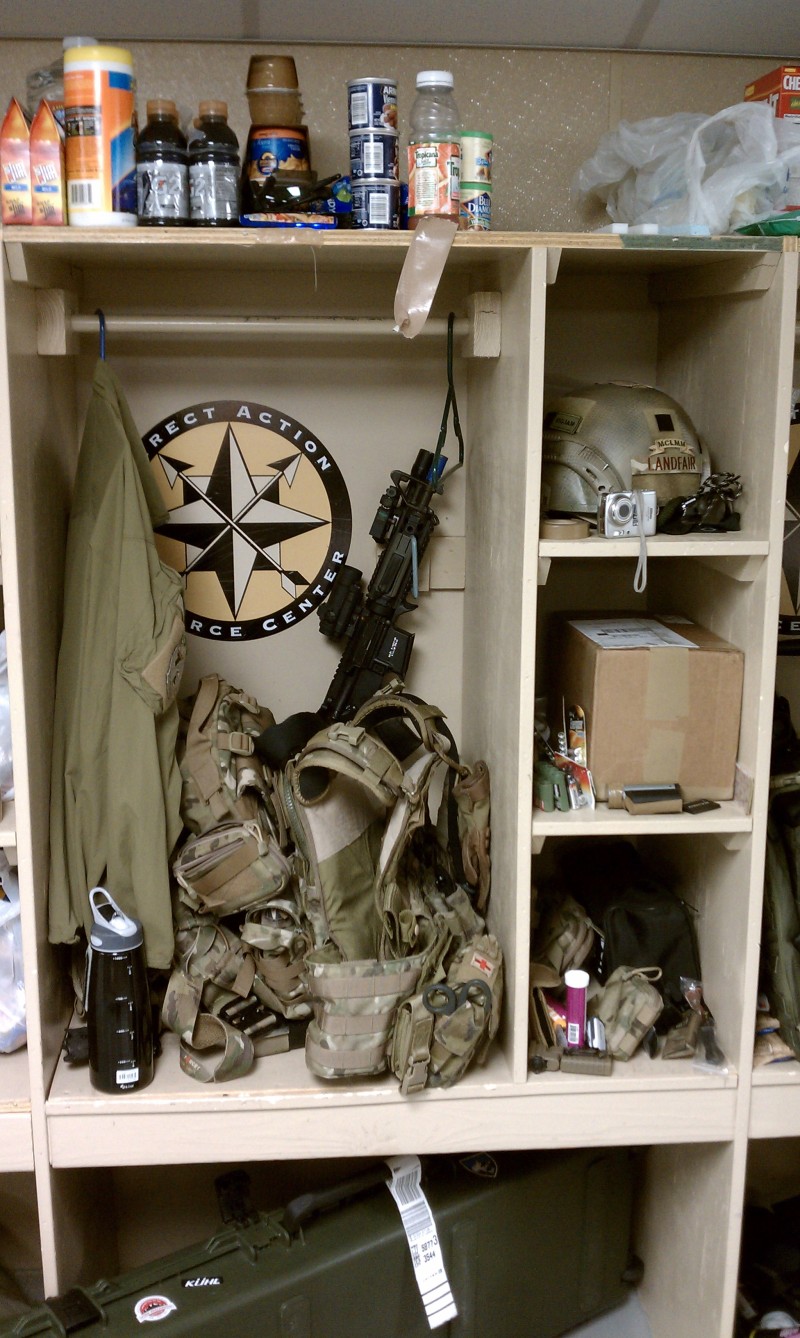Preparation for the active gunman
This was something I wrote a few years ago aimed at police. With recent events, I thought a lot of this can be used by a responsible gun owner-
Don’t let the word “gunman” set you up for failure. The shooter may be someone you know, they may be male or female, they may be a teenager, a child, or elderly. No matter who it is – don’t forget – your job is to stop them from killing.
Determine what your high profile areas are. Know multiple safe routes of approach and entry. Do you know the layouts of those places?
Have weapons and gear readily available. Designate an accessible side of your vehicle’s trunk for response gear. Do you have eye and ear protection, a lithium battery powered flashlight, spare batteries, and medical supplies as part of your response gear?
Eye protection – incoming rounds going into walls will produce splinters, rock chips and/or dust.
Ear protection – firing guns indoors is deafening.
Lithium battery powered flashlight – lithium batteries have shelf lives of years versus what rechargeable lights have. Even though you may be working during daylight hours, you may respond to a poorly lit indoor area or be out later than anticipated
Medical supplies – tape, blood clotting agent, tourniquet, kerlix – do you know how to use these?
Weapons – do your weapons have a light attached? If you don’t have a light attached, have you trained with a hand held light with your pistol, rifle or shotgun? Do you know what your rifle is zeroed at? Do you know how many rounds are in your magazines? Do you have the means of carrying spare shotgun shells, pistol or rifle magazines which would allow you to reload in a quick and effective manner?
If you wear gloves, have you successfully fired and manipulated all of your weapon systems with gloves on?
Don’t leave it until the day you need techniques, equipment, and weapons to try them for the first time. Don’t take unproven techniques, equipment, and weapons into battle.
Train with your equipment. Figure out what works and what doesn’t for you. Don’t rely on your department for all of your training and equipment needs.
Train for the worst, hope for the best and remember its best to have and not need than to need and not have.









Comments
So empty here ... leave a comment!